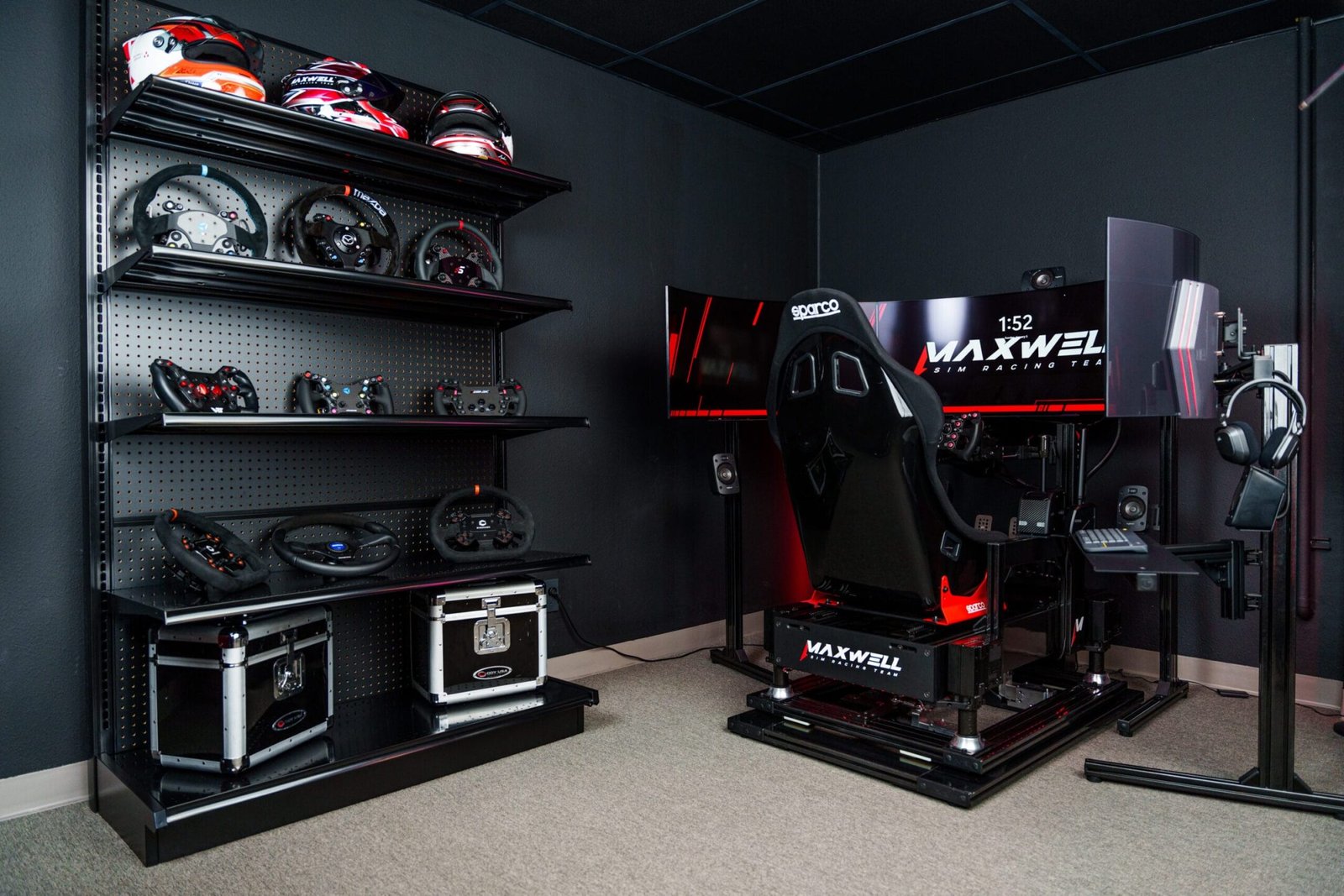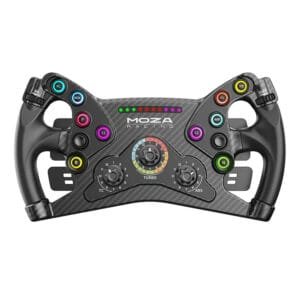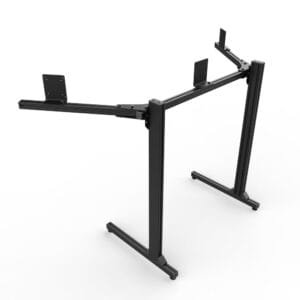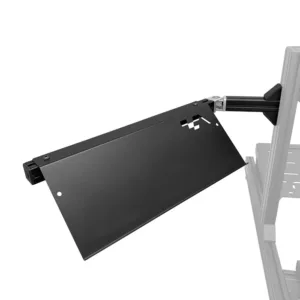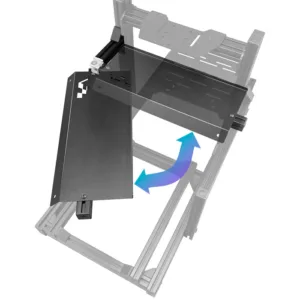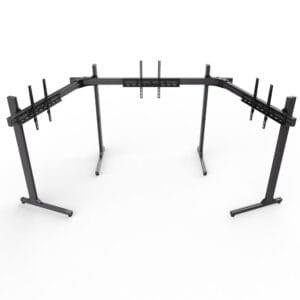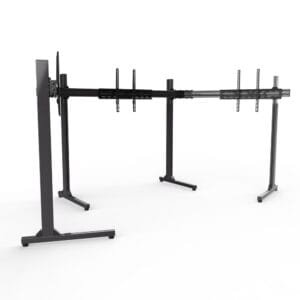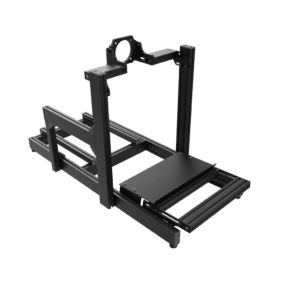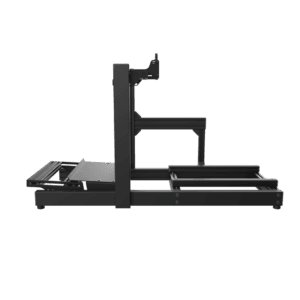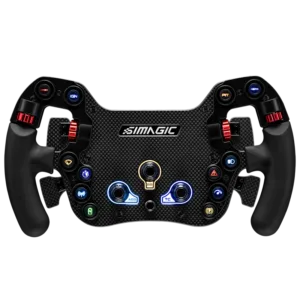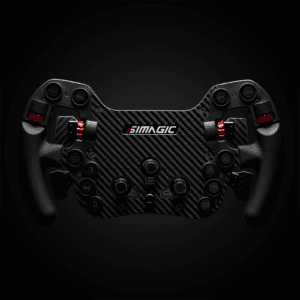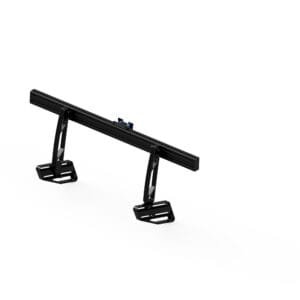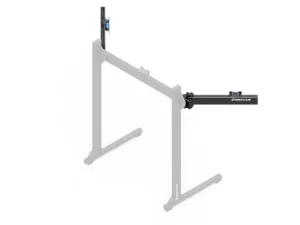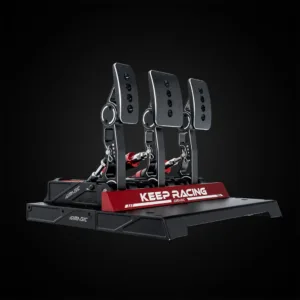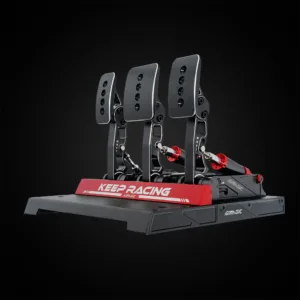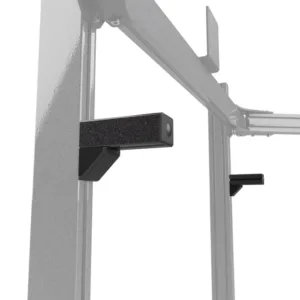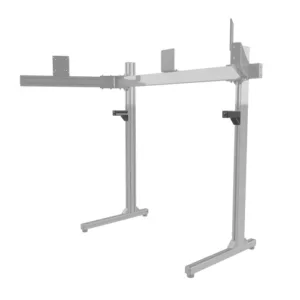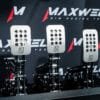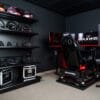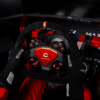Sim racing isn’t just a game—it’s your gateway to the world of motorsports. Whether you’re aspiring to race competitively or simply aiming for maximum immersion at home, the right equipment can transform your experience, significantly improving your skills and giving you a genuine competitive edge. But what components do you actually need to create a professional-grade sim racing setup? We’ve compiled an essential guide based on real-world racing knowledge, professional insights, and rigorous testing to help you build a setup that truly feels like you’re behind the wheel of a real race car.
Core Components of a Professional Sim Racing Rig
1. Racing Cockpit: Stability Meets Comfort
Your cockpit is the foundation of your sim racing setup. It must be sturdy, adjustable, and ergonomically designed to maintain proper posture, ensuring precision and reducing fatigue during long races. A shaky cockpit leads to imprecise control, negatively affecting your lap times.
- Recommended by Maxwell: Next Level Racing F-GT Cockpit: Fully adjustable seating positions for both Formula and GT racing styles. Built from high-quality materials, this cockpit guarantees stability, durability, and comfort, allowing precise pedal and wheel positioning.
Pro Tip: Many professional sim racers prefer aluminum profile cockpits (like those from Sim-Lab) for maximum rigidity and customization options.
2. Gear Shifter and Handbrake: Essential for Precision and Realism
- Gear Shifter: A manual shifter enhances realism, particularly crucial in classic racing simulations or rally events, improving gear-changing precision and immersion.
Recommended: Thrustmaster TH8A Shifter — known for its robust build, it seamlessly switches between H-pattern and sequential shifting modes, ideal for adapting to different racing disciplines.
- Handbrake: Essential for drifting, rallying, or simply precision cornering, a realistic handbrake transforms your racing experience.
Recommended: Fanatec ClubSport Handbrake V1.5 — Known for its progressive, authentic feel, this handbrake provides tactile resistance that accurately replicates the feeling of pulling a real rally car’s brake lever.
Fact Check: Top rally drivers frequently use dedicated handbrakes in sim setups to practice precise drifting and corner entry without wearing down their real cars.
3. Visual Systems: Triple Monitors vs. VR Headsets
Your visual setup defines your field of view and immersion. Both setups have strengths and cater to different racing experiences.
- Triple Monitor Setup: Provides a wide field of vision, enhancing peripheral awareness crucial for close racing, precise corner entry, and overtaking maneuvers. It’s the preferred choice of competitive sim racers.
Recommended: Samsung Odyssey G9 — A 49-inch ultra-wide monitor offering an unparalleled wide view, with crisp visuals and smooth motion.
- VR Headset: For complete immersion, nothing compares to virtual reality. However, VR demands more processing power and can be physically demanding in prolonged sessions.
Recommended: Valve Index or HP Reverb G2 — Provide incredible depth perception and realistic cockpit immersion.
Pro Insight: Professional drivers like Lando Norris regularly utilize triple-screen setups due to their consistent, distortion-free visuals during intense racing sessions.
4. Motion & Haptic Feedback Systems: Feel Every Detail
To bridge the gap between virtual racing and real-world sensations, sim racers increasingly incorporate motion and haptic feedback systems.
- Motion Platforms:
Motion platforms physically simulate vehicle dynamics, recreating precise sensations of acceleration, braking, pitch, and roll. They significantly enhance driver reaction times and improve the realistic feeling of racing.
Recommended: Next Level Racing Motion Platform V3 — Compact yet powerful, this platform provides immersive and responsive movements that replicate on-track experiences realistically.
- Haptic Feedback (Bass Shakers):
These systems translate in-game audio cues and physics data into physical vibrations, making you feel the rumble of the engine, the texture of the track, and even the subtle vibrations from curbs and collisions.
Recommended: ButtKicker Gamer PLUS — Affordable, easy to integrate, and highly effective at enhancing overall immersion.
Fascinating Fact: Studies show haptic feedback significantly boosts driver awareness, allowing racers to react faster to changing road conditions and improving overall lap consistency.
5. Racing Seat: Ergonomics and Endurance
A comfortable and ergonomically correct seat can dramatically enhance your sim racing endurance, focus, and precision.
Recommended: Playseat Evolution PRO — Popular among enthusiasts and professionals alike, it offers compatibility with all leading sim racing hardware, ensuring comfort during prolonged sessions.
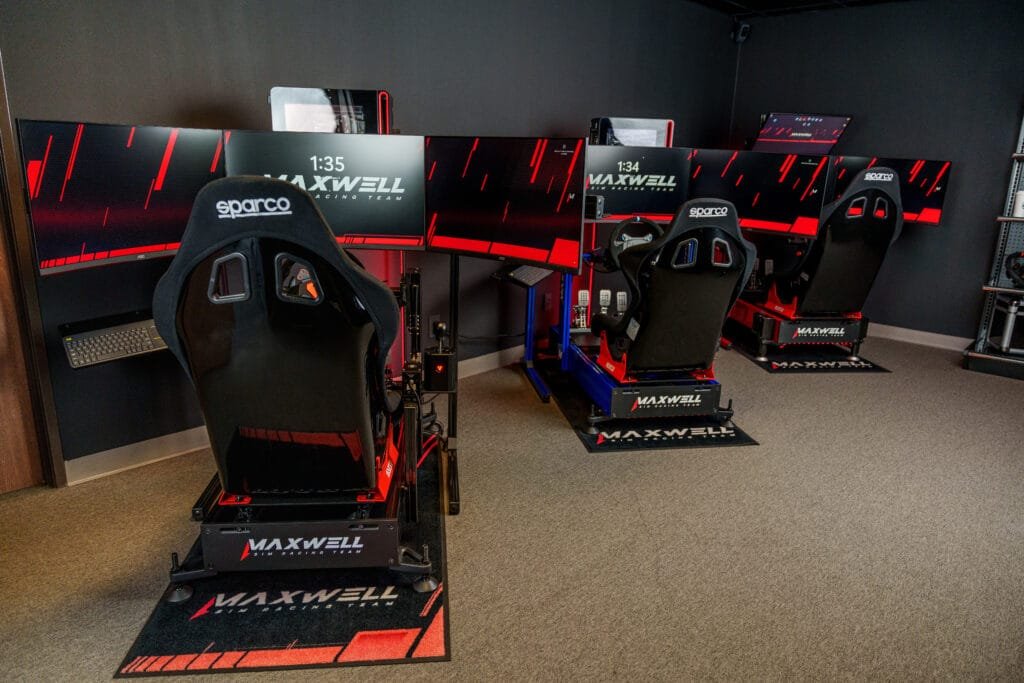
Suggested Budget Levels for Different Sim Racers
Building a sim racing setup can fit various budgets and goals. Here are typical ranges:
- Entry-level ($400–$800): Basic wheel and pedals, simple cockpit or wheel stand—ideal for casual drivers or beginners.
- Intermediate ($800–$1,500): Mid-tier wheel with belt-driven feedback or load cell pedals, durable cockpit, basic triple monitors—great for serious enthusiasts.
- Professional ($2,000+): Direct drive wheel, premium load cell pedals, robust cockpit, advanced motion platforms, and triple-monitor or VR setups—designed for competitive racers seeking maximum realism.
Conclusion
Crafting your ultimate sim racing setup is about combining thoughtfully selected components to achieve realism, performance, and comfort. At Maxwell Sim Racing, our expert team meticulously tests and selects each piece of equipment, ensuring it meets the rigorous demands of professional drivers and enthusiasts alike.
Ready to take your sim racing to the next level?

